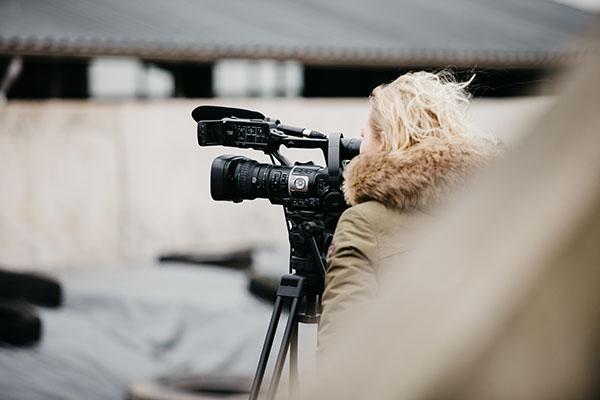Years ago, I commissioned an illustration for a magazine piece on intermarriage between Jews and Gentiles.
When the art came in, I scrutinized it for subliminal naughtiness—most illustrators are eternal 11-year-olds—and quickly approved it. Soon afterward, a Jewish woman in our research department stopped me in the corridor. The drawing had landed on her desk. She held it up.
“Do you think this is right?” she asked.
If she had recited a three-volume treatise on what was wrong with the picture, she could not have communicated more than her tone of voice and six simple words. Clearly, she did not think “this” was right. As soon as I looked at it, I shamefacedly understood why. To my enduring embarrassment, it was a classic caricature of the proverbial hook-nosed Jew looking shifty—or was it pushy?—under a cartoon rabbinical hat. I was simultaneously flummoxed and firmly convicted.
I could not believe that I, who would be Jewish if it weren’t for my not-insignificant stumbling block of believing Jesus Christ is the Messiah, had missed something so obvious and odious.
Yet I had a firm conviction that the artist responsible—we’d known each other for years—was genuinely ignorant of the unintended anti-Semitic slur. Indeed, when I contacted him he was appalled and apologetic, easily as embarrassed as I had been by the unwitting wrong.
No one has ever been able to sell me on the mystical tautology that we are all born bigots and differ only in our skill at hiding the hideous truth of the hatred in our hearts. Nor will I ever accept the popular idiocy that humans are hard-wired against seeing things from the perspective what is now fashionably called the other. How could one obey the commandment to love one’s neighbor as oneself if one were unable to see the world through at least one of that neighbour’s eyes?
That said, it’s a matter of practice and practical reality that we see the world through our own eyes first. First sight need not beget blindness to others, but it does create a kind of natural myopia about what might matter most to those who are not us. Overcoming that shortsightedness is called growing up.
The episode with the awful caricature taught me that a way to minimize such affliction is to listen for variations of my Jewish colleague’s beautiful question: “Do you think this is right?”
She did not ask: “What are you doing?” or “What’s wrong with you?” I might have seen either or both as an affront. Instead, she came in from my thinking side, asking about my evaluation of right and wrong. It was not psychological or rhetorical craft. She truly wanted to know. She had reasons for wanting to know that are as old as the origins of the Jewish people.
Some of those reasons were captured adroitly by a very wise fellow I know who returned to Montreal this week from Paris, which he was visiting during the shootings of journalists, policemen, and Jews by ideological fanatics befouling Islam as a pretext for violence. He said one of the things that struck him was that the millions who marched across France last Sunday were keen to be seen in solidarity with the slain cartoonists from Charlie Hebdo. Some were there on behalf of the murdered policeman. Few, if any, seemed publicly concerned that four Jews were murdered in a Paris kosher market for doing nothing more extraordinary than buying challah for the Sabbath.
“It reminds me of a joke we used to tell 20 years ago,” he said. “We would say: ‘When the next war comes, they’ll kill all the hairdressers and all the Jews.’ People would ask: ‘Why would they kill the hairdressers?’ We’d say ‘Exactly. That’s why they’ll kill the Jews.’ They didn’t even see what was wrong with the question."
It’s an illustration I will not soon let out of my sight.







